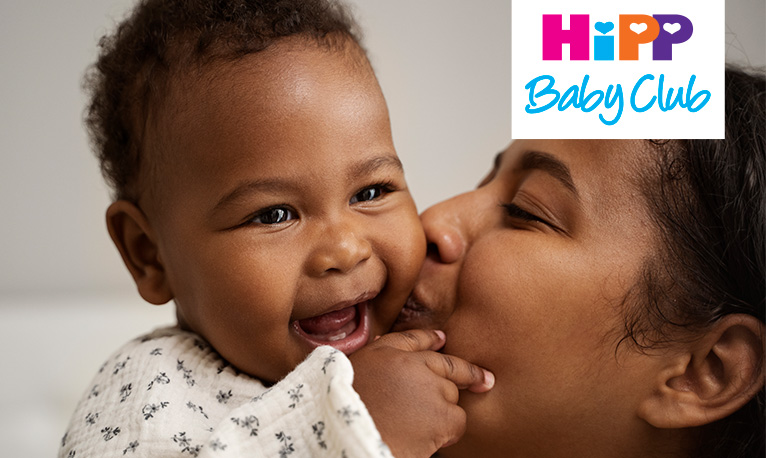Week 27
With an average size of between 36 and 36.6 centimetres, your baby is about as big as a large courgette. They now weigh around 940 grams, almost a kilo, making them almost the same weight as a bag of flour. Over the next few weeks, their weight will triple and their length will increase significantly, so that they reach a size that makes them ready for birth and able to survive outside the womb.
Have you been to any antenatal classes?
If this is your first baby, it's worth considering an antenatal class. They help you to prepare for the birth, and they also give you an opportunity to meet other pregnant women in your area. You could make a new friend or two, and when your babies are small, it can be a real lifesaver to know some fellow mums who are in the same boat!
Planning a hospital birth?
If you are planning to have your baby in hospital, then this is a great time to take a tour of your local hospital's delivery suite and postnatal ward. (If you live in a large city, you may even have more than one to choose from!)
Knowing what facilities are available will be very useful if you're writing a birth plan, and you'll also probably feel more relaxed during labour if your surroundings are familiar.
Speaking of your birth plan...
If you like the idea of having a birth plan, now's a good time to get started on it. Your midwife will be able to help you, taking into account things like your medical history, your personal circumstances and the facilities at your local hospital. You may also want to discuss your plan with your partner, friends or family before putting your wishes in writing.
Stuck for ideas? Ourhandy birth plan template might help!
Once you have a draft you're happy with, it’s a good idea to keep a copy with you and one in your records.
It's also worth remembering that labour can be unpredictable, and even the best-laid plans sometimes need to change. The midwives and doctors will always try to take your birth plan into account, but you may need to keep your expectations flexible if complications arise for you or the baby.
What it’s like for the mum-to-be in week 27
Your bump is growing, and you’ll be feeling good – though your baby will be keeping you on your toes, as they’ll be active and moving around at precisely the times you want to get some rest or sleep. They’ll also be finding space harder and harder to come by in the womb when practising their movements, which you’ll notice when they kick against the abdominal wall. These kicks can be painful, and you’ll feel it more, of course, if you’re expecting twins.
The round ligaments that support your womb come under a lot of pressure as it increases in size and your baby moves around. Pulling sensations in your abdomen and lower back pain are the most common symptoms you’ll experience as a result of this in week 27. You shouldn’t be feeling nauseous anymore, as your body has now largely adapted to the hormones and other changes caused by pregnancy
Bigger appetite
You'll now find that you have a bigger appetite and frequently get cravings as your body and your baby demand the extra calories and nutrients they need. When shopping, try to buy healthy, low-sugar snacks that don’t contain any empty calories, such as fruit, nuts, yoghurts and smoothies. Keeping an eye on your weight is important – although a little bit of what you fancy every now and then is also OK.


